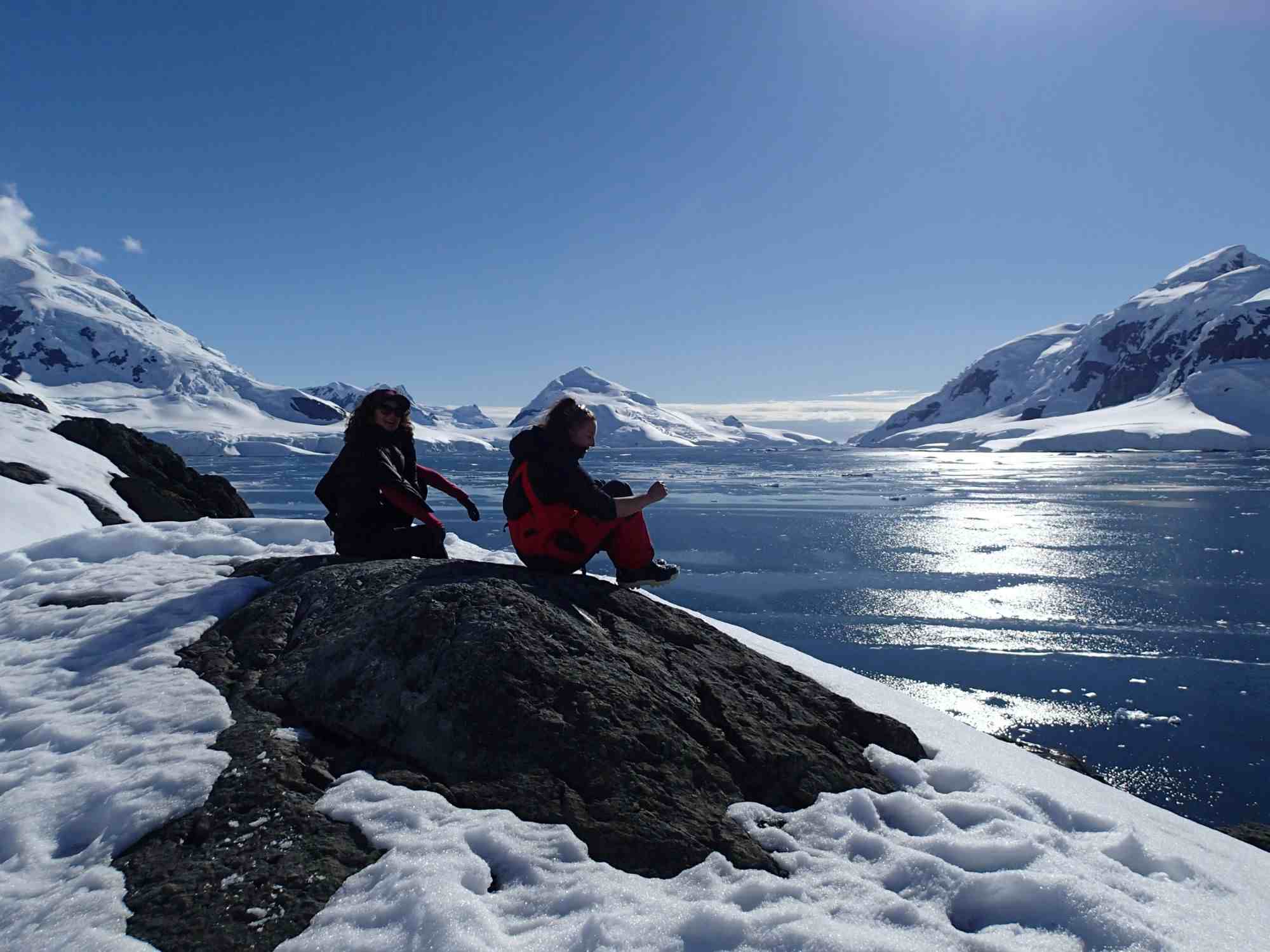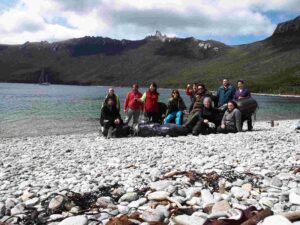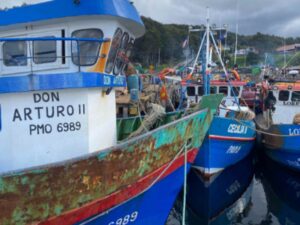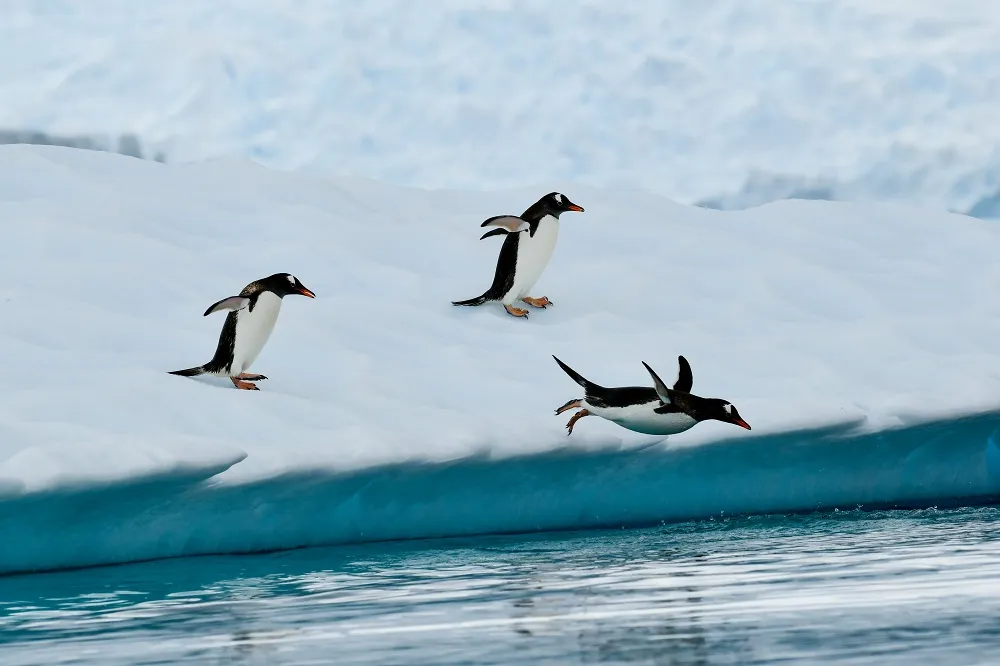10 asked questions for traveling to Antarctica: What you need to know
1.When is the best time to travel to Antarctica?
The best time to visit Antarctica is during the austral summer, between November and March. During these months, temperatures are milder, ranging from -2°C to 8°C (28°F to 46°F), and there is plenty of daylight to enjoy various activities. The extended daylight hours create a unique experience, often referred to as the midnight sun, where the sun barely sets, providing almost constant light and more opportunities for exploration.
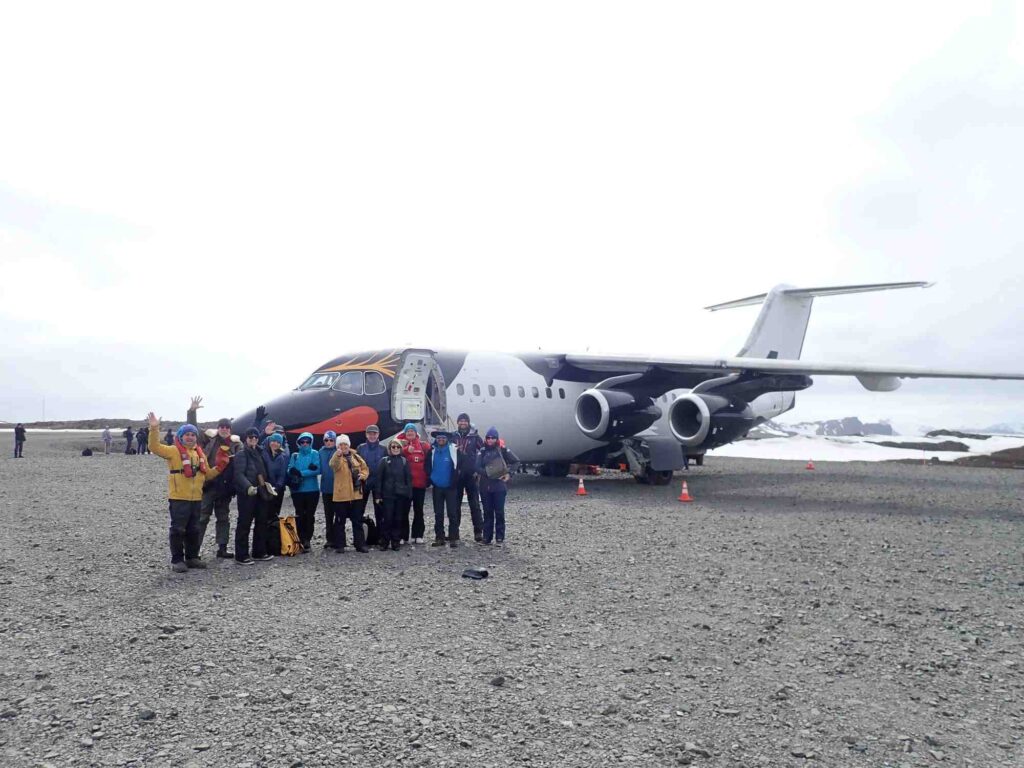
2.How do you get to Antarctica?
Most travelers reach Antarctica by ship, typically departing from Ushuaia, Argentina. This route involves crossing the famous Drake Passage, known for its unpredictable waters. The crossing itself can be an adventure, with towering waves and an opportunity to witness albatrosses and petrels in flight. For those who prefer to skip the rough seas, there are fly-cruise options that allow travelers to fly from Punta Arenas, Chile, to the Antarctic Peninsula, avoiding the Drake Passage. This alternative is a faster but usually more costly option.
3. Do I need a visa to visit Antarctica?
No visa is required to enter Antarctica itself, as it is not under the sovereignty of any one country. However, you may need a visa to enter the country you are departing from—commonly Argentina or Chile. Check with the respective embassies based on your nationality to ensure your documents are in order.
4.What should I pack for the weather in Antarctica?
Packing appropriately for Antarctica is crucial due to the extreme climate. Make sure to bring high-quality warm clothing and layer your attire for maximum insulation. Essentials include thermal underwear, fleece layers, a windproof and waterproof jacket, gloves, a hat, and waterproof boots. Additionally, don’t forget sunscreen and sunglasses—UV radiation is stronger in Antarctica due to the reflection of sunlight off the ice.
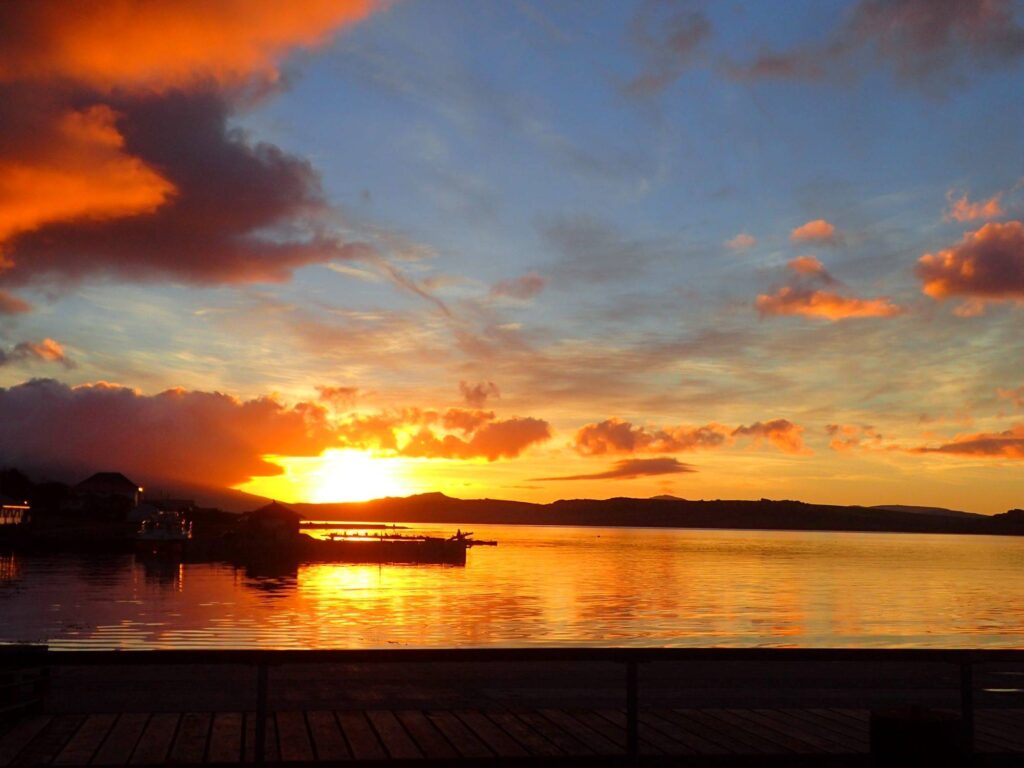
The conditions can change quickly, even in the summer months, so it’s best to be prepared for a range of temperatures. When thinking of Antarctica temperature, remember that while the peninsula can be warmer, the interior is one of the coldest places on Earth.
5.What kind of wildlife can be seen in Antarctica?
One of the greatest draws of a trip to Antarctica is its incredible wildlife. This remote continent is home to an array of unique species that thrive in extreme conditions. During an Antarctic cruise, you will have the chance to see various species of penguins, such as emperor, gentoo, and Adélie penguins. These birds are well-adapted to the cold and offer a spectacular sight as they waddle across the ice or dive into the frigid waters.
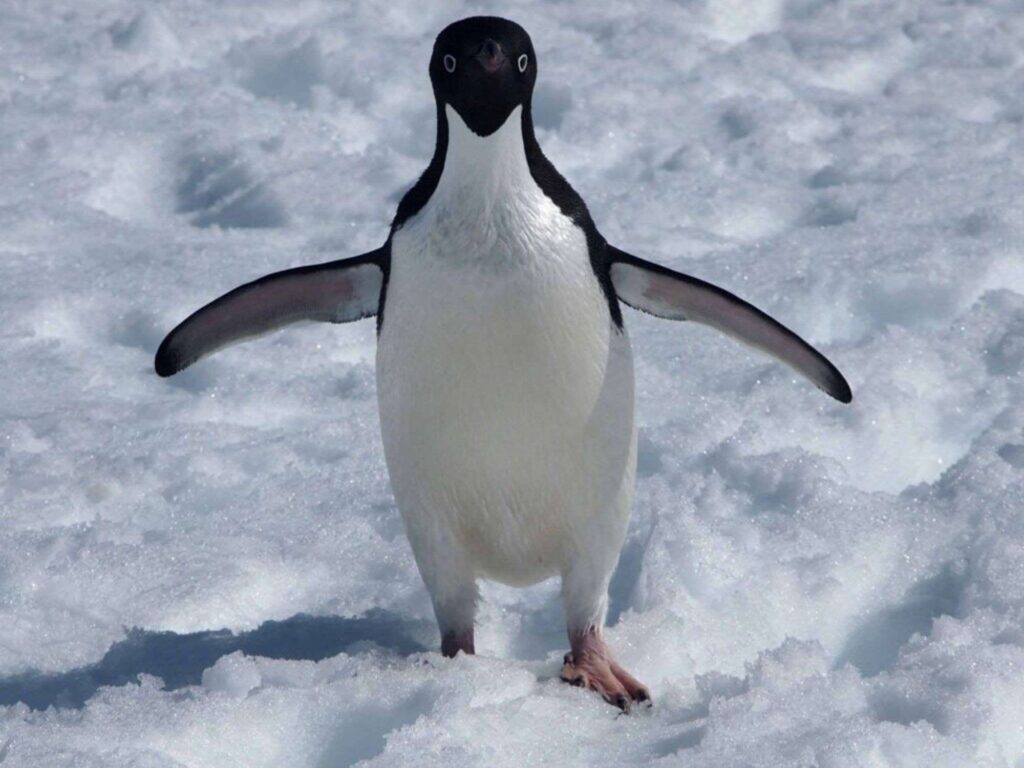
Seals, including Weddell and leopard seals, can often be seen lounging on the ice or hunting in the water. Right whales, humpback whales, and orcas are frequently spotted in the Southern Ocean, making a whale-watching excursion one of the highlights of any trip. The rich marine life in Antarctica showcases nature’s resilience in one of the harshest climates.
Speaking of whales, you might wonder how big is a blue whale? The blue whale, which can also be found in Antarctic waters, is the largest animal ever to live on Earth. They can grow up to 30 meters (98 feet) in length and weigh as much as 180 tons, making them a breathtaking sight if you are lucky enough to spot one.
6.Is Antarctica dangerous to visit?
While Antarctica is often described as harsh and hostile, visiting this icy land is safe as long as you are with an experienced tour operator. Companies that belong to the International Association of Antarctica Tour Operators (IAATO) are committed to ensuring the safety of visitors while preserving the environment. Travelers must respect strict guidelines to protect the fragile ecosystem, which includes keeping a safe distance from wildlife and not leaving any waste behind.
7.What are the travel options for an Antarctic Cruise?
Choosing the right antarctic cruise depends on what you want to experience. There are multiple options that vary by itinerary, activities offered, and duration. Some cruises focus on wildlife, while others emphasize activities like kayaking, camping, and hiking. Consider what you want to get out of your adventure—whether it’s learning about the unique ecosystem, taking in the spectacular glaciers, or enjoying an immersive wildlife experience.
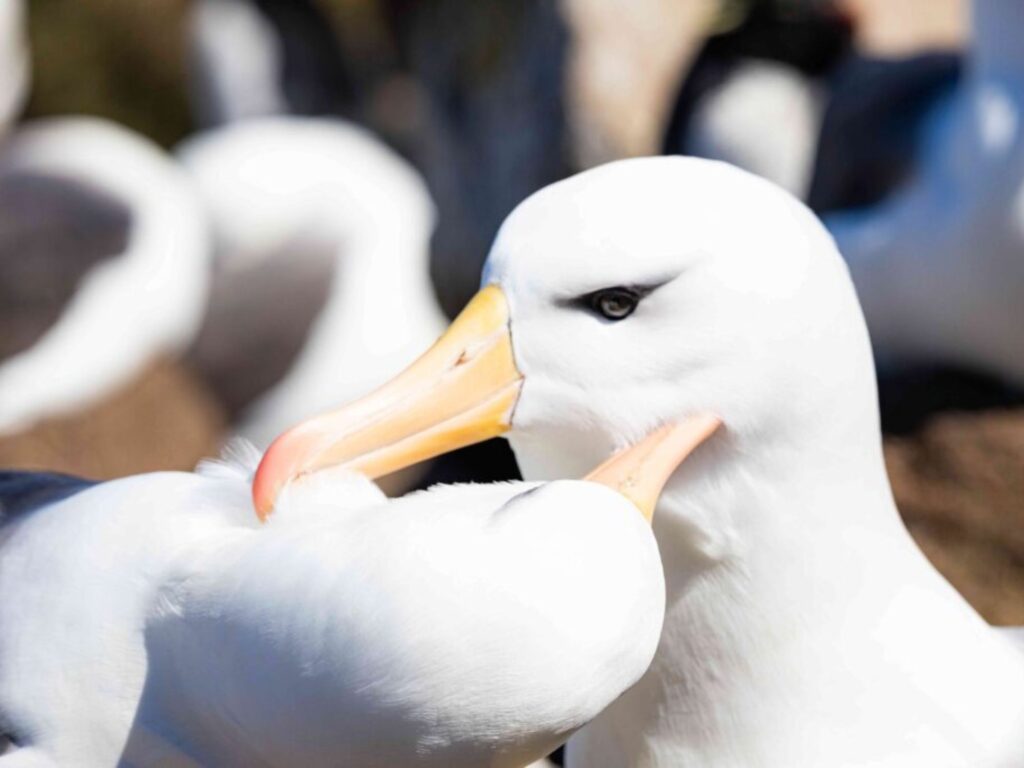
8.How long should you plan for a trip to Antarctica?
The duration of a trip to Antarctica depends on the type of itinerary you choose. Typical Antarctic cruises last between 10 and 20 days, but longer voyages can extend up to a month, especially if they include other destinations like South Georgia and the Falklands. It’s important to remember that much of the journey is spent getting to and from the continent, particularly if crossing the Drake Passage.
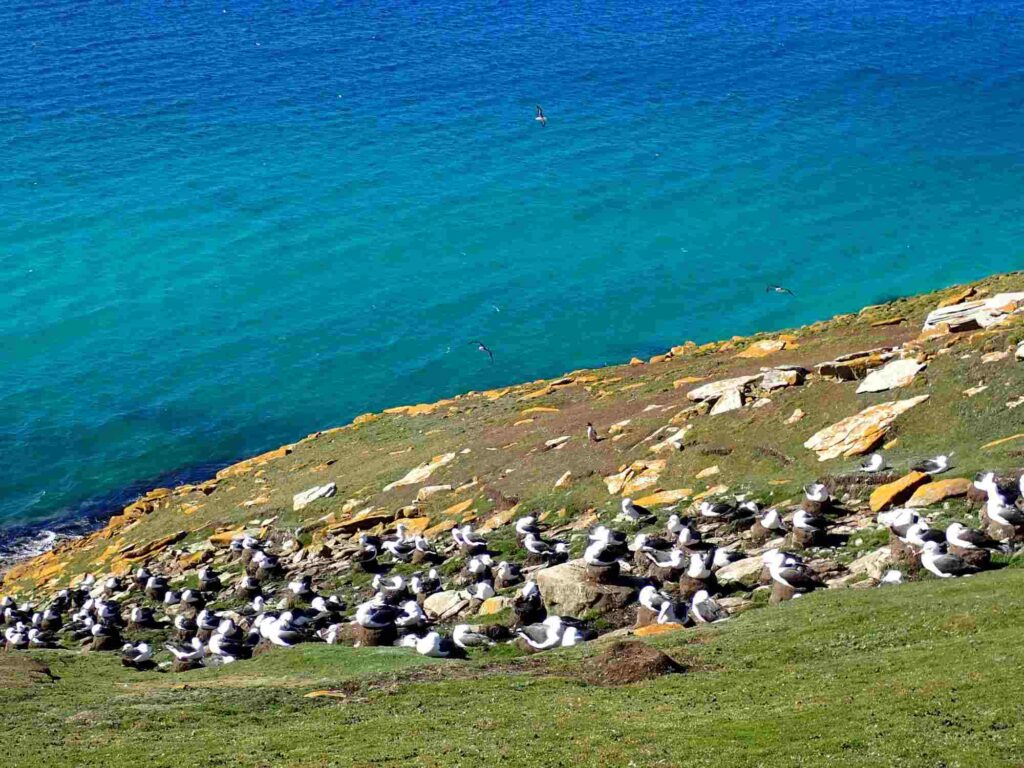
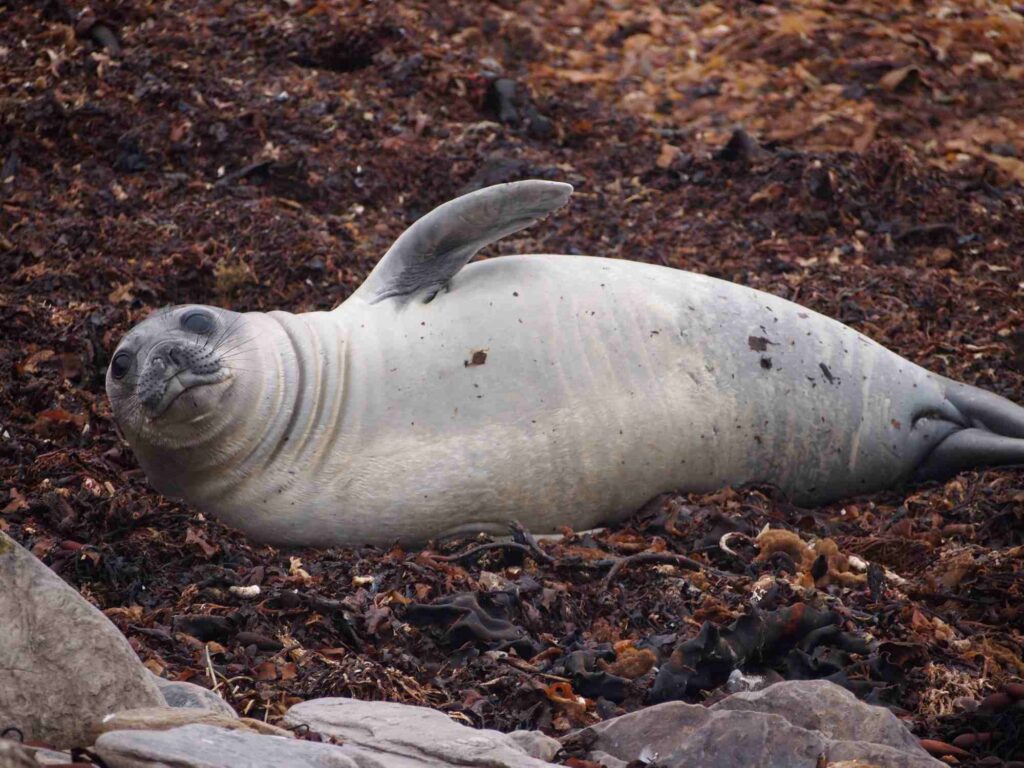
Given the time commitment and cost, planning is crucial to make the most of your Antarctic adventure. Regardless of the length of your stay, a journey to Antarctica is truly a once-in-a-lifetime experience that leaves an indelible mark on all who make it.
9.What activities can you do in Antarctica?
Beyond observing the incredible wildlife and landscapes, travelers to Antarctica can participate in a variety of thrilling activities. Depending on the cruise, you may have the opportunity to kayak among icebergs, hike on sub-Antarctic islands, camp on the ice under the Antarctic sky, or even dive to explore the underwater world. All activities are organized and supervised by experienced guides to ensure a safe and memorable experience.
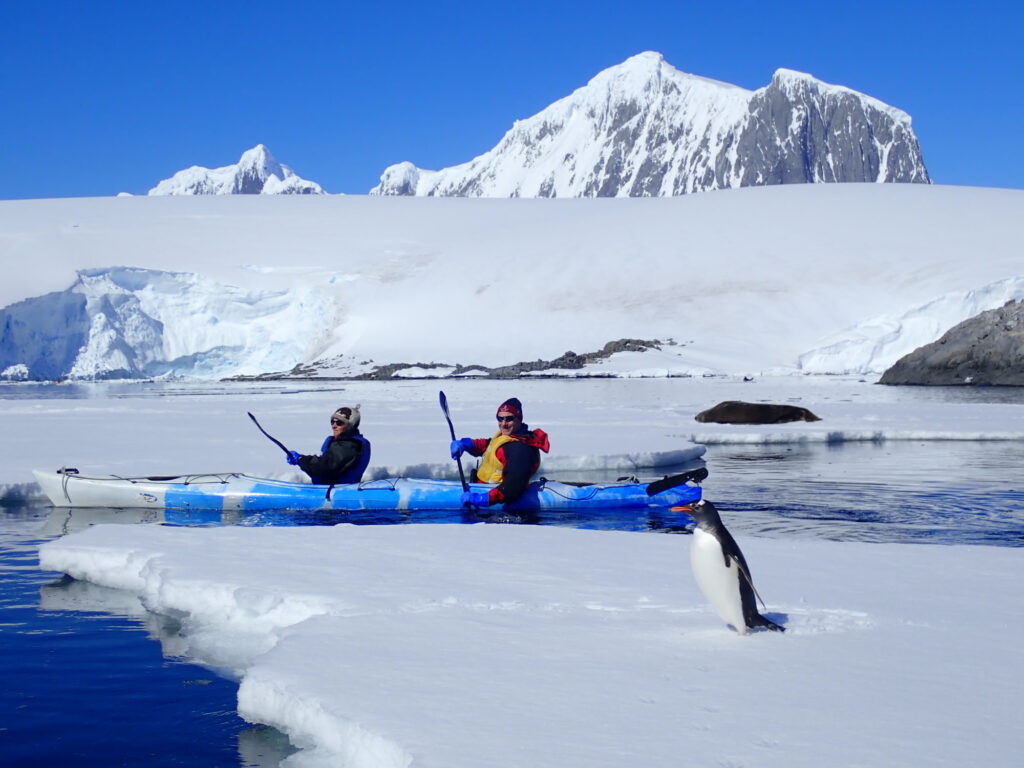
10.How is environmental conservation ensured during the trip?
Environmental conservation is a priority on all trips to Antarctica. Operators who are part of IAATO follow strict guidelines to minimize human impact. These include avoiding interactions with animals, leaving no waste, and preventing any damage to the ecosystem. Additionally, passengers receive briefings on the importance of conservation, ensuring that each visitor is aware of their actions’ impact and helps to protect this unique and pristine environment. Contact us!

